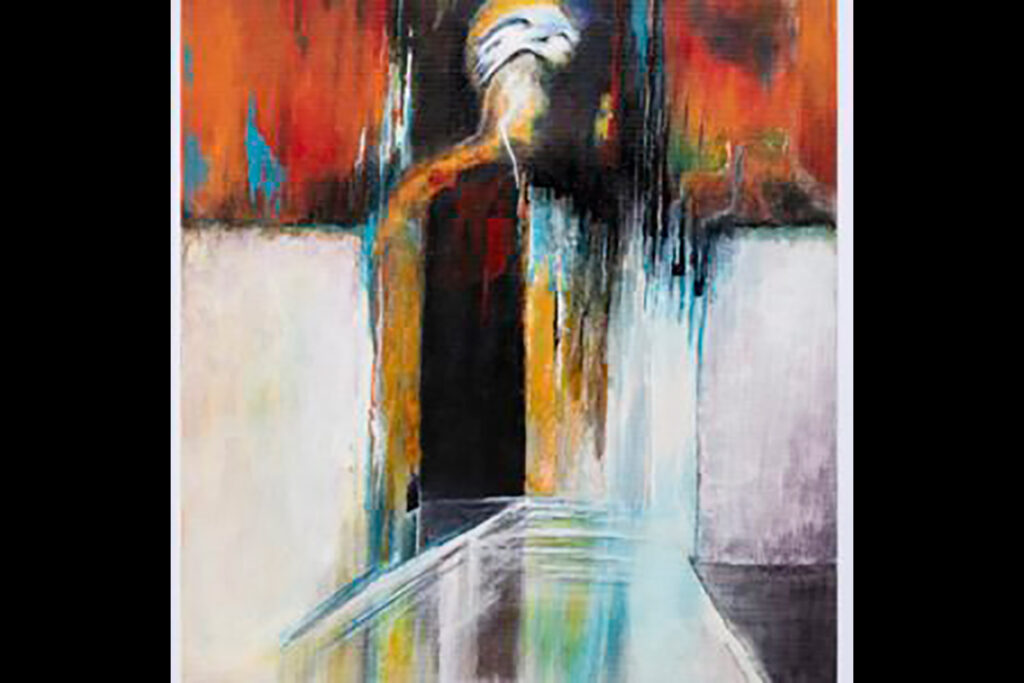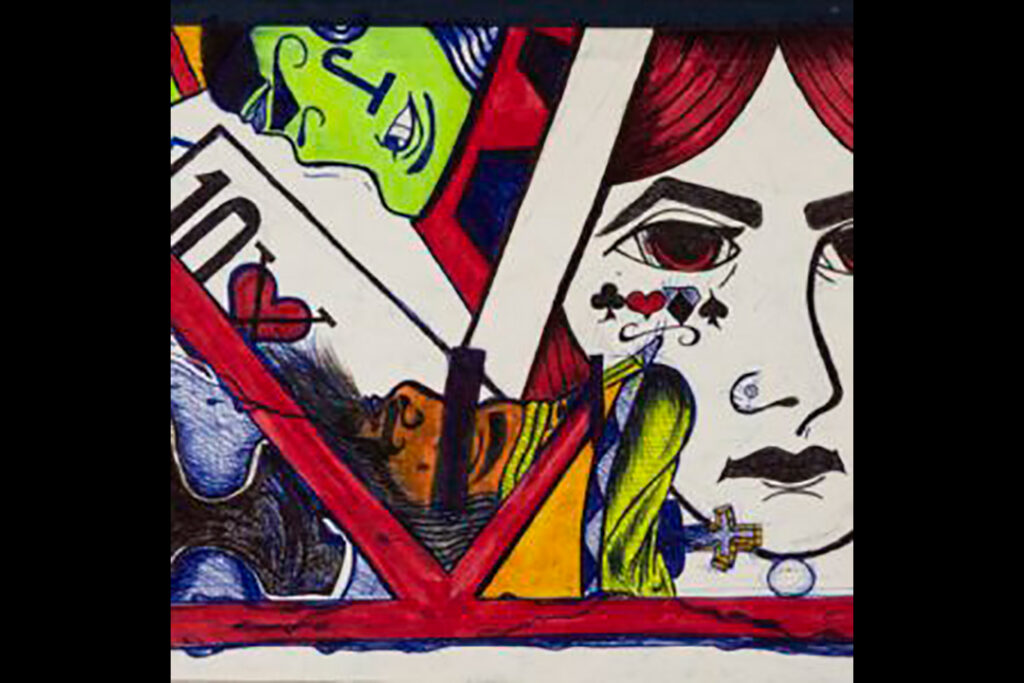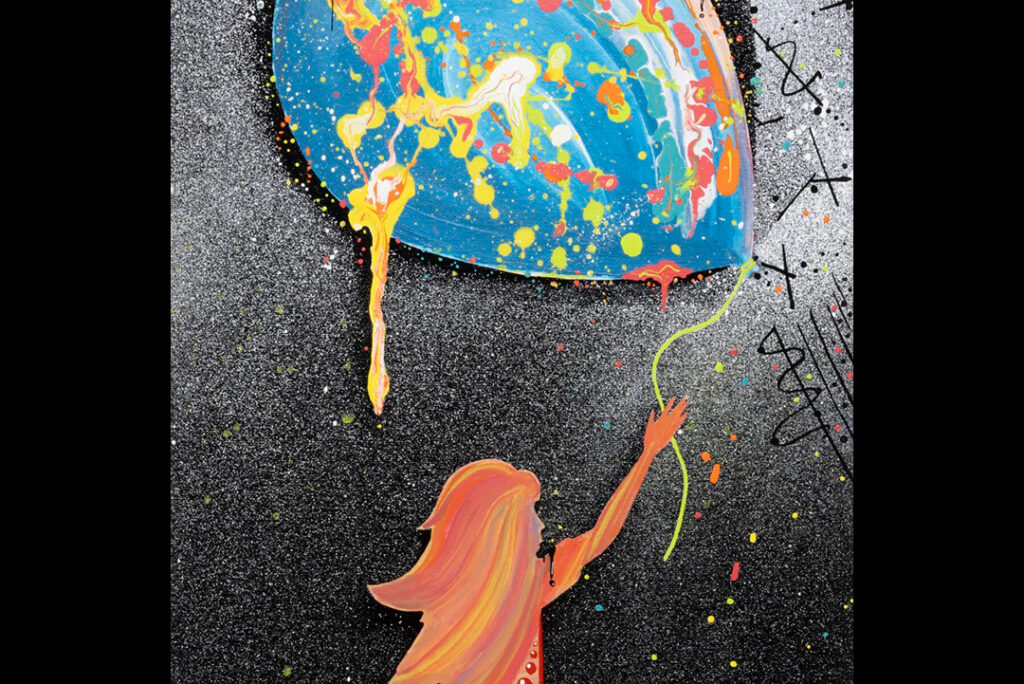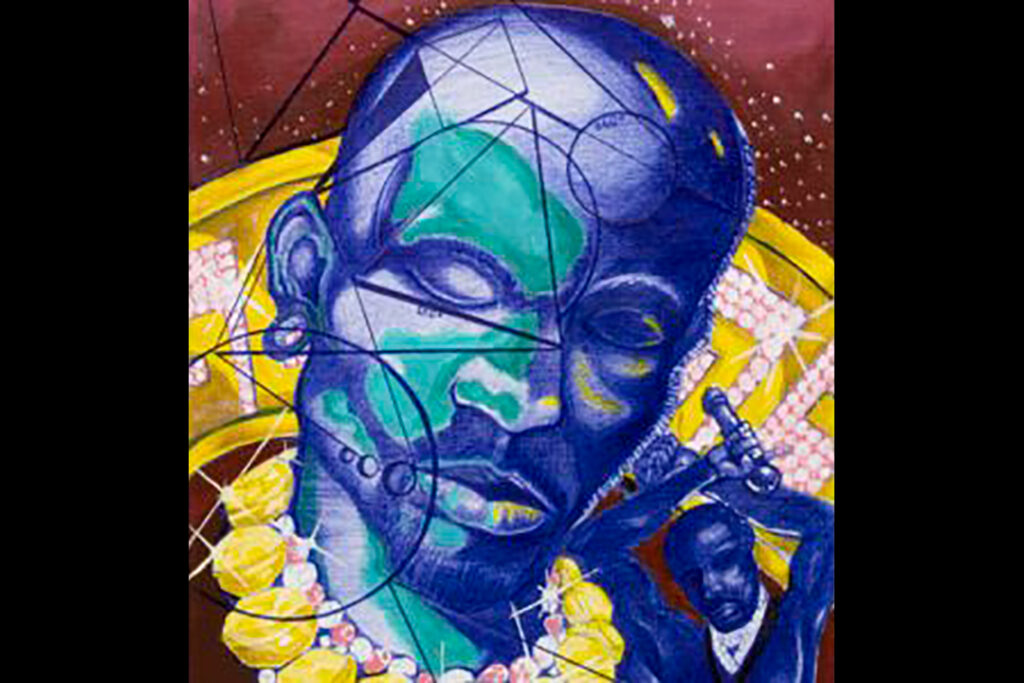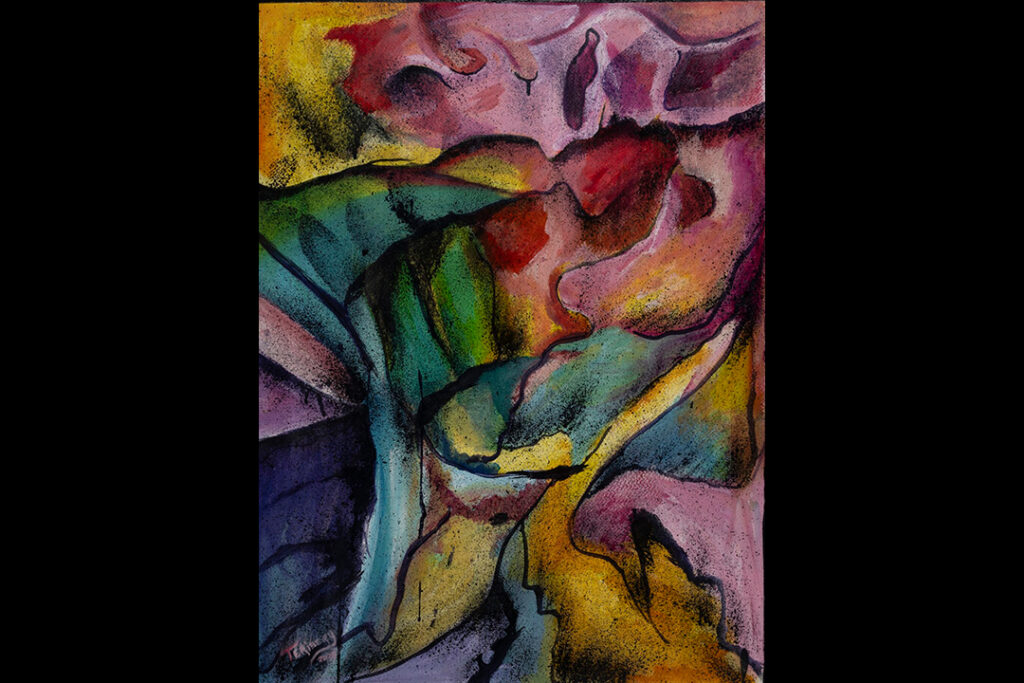Ono highlights impact of state support on student success, affordability, economic growth
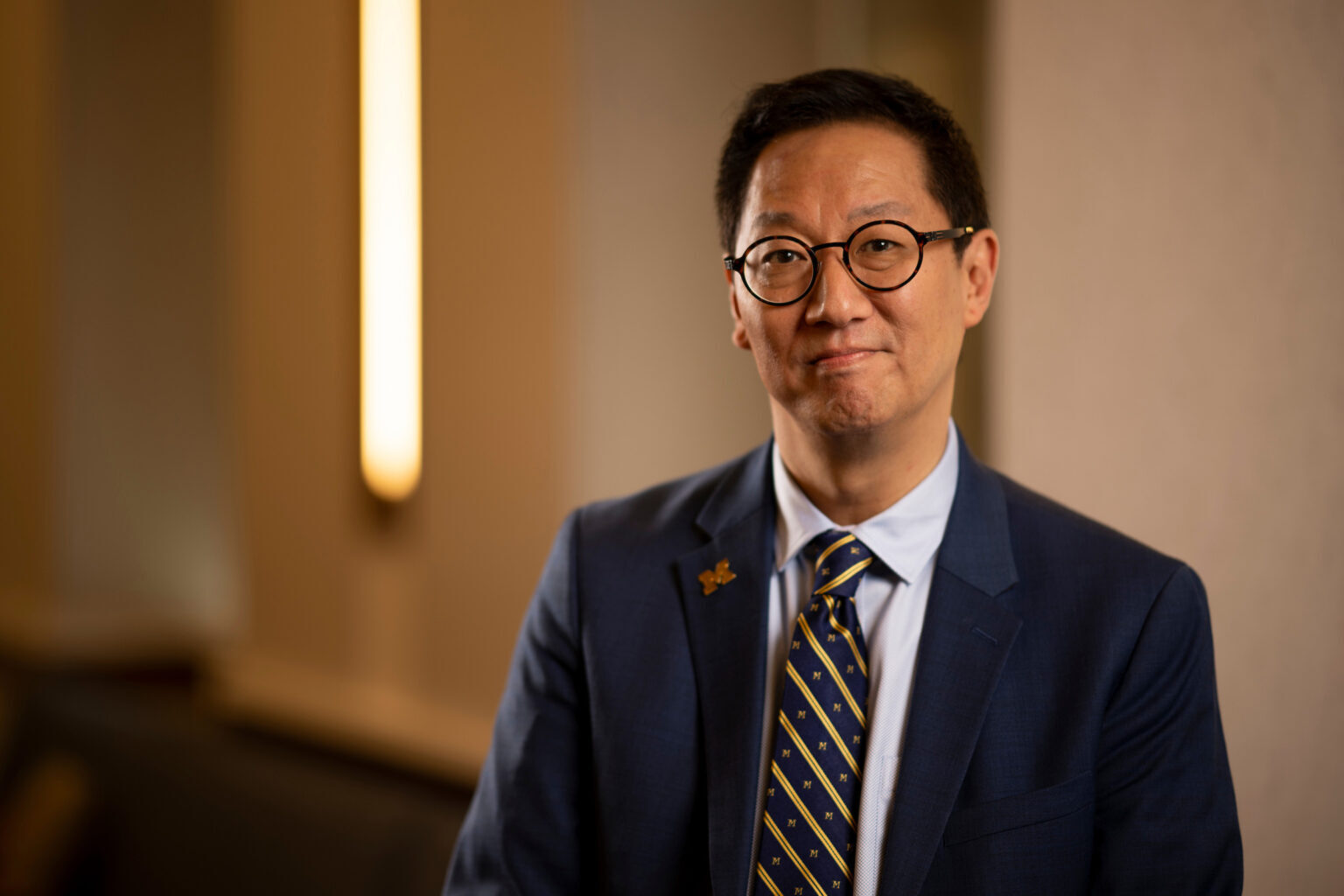
In testimony before the Michigan House Appropriations Subcommittee on Higher Education and Community Colleges in Lansing on April 30, President Santa J. Ono reinforced the vital role state funding plays in furthering the success of students, driving economic development, and maintaining affordable access to a world-class higher education experience for students across the state.
-
Veterans Legal Clinic helps a family avoid homelessness
While studying at Michigan Law and working with the Veterans Legal Clinic, Will Hanna jumped at the opportunity to write a brief and argue in court to help a fellow veteran and her family stay in their Ann Arbor home.
-
U-M researchers aim to bring humans back into the loop, as AI use and misuse rises
We’re talking about AI the wrong way, says Ross professor Nigel Melville. ‘We’re moving away from the things we want, such as better medications, elder care and safety regulations, and toward the things we don’t, like harmful deepfakes, job losses, and biased decision making.”
-
Ann Arbor campus joins Bee Campus USA movement
U-M’s Ann Arbor campus recently joined UM-Dearborn as a certified Bee Campus, reflecting the University’s commitment to pollinator conservation. U-M has long followed pollinator-friendly landscaping practices.
-
Michigan Athletics celebrates Black athletes, alumni, and staff
Learn about the Black trailblazers, national award winners, and All-Americans who’ve represented the Block M over the years. Plus: Enjoy ‘Our Voices,’ a video and graphic series that highlights Black women.
-
Brain health, concussions and sports: Is there a long-term connection?
The Michigan Alumni Brain Health Study will compare cognitive, mood, sleep, pain, and functional outcomes to examine whether sport participation and concussions are associated with later-life brain health in former U-M athletes and nonathletes.
-
319-million-year-old fish preserves the earliest fossilized brain of a backboned animal
The CT-scanned skull of a 319-million-year-old fossilized fish, pulled from a coal mine in England more than a century ago, has revealed the oldest example of a well-preserved vertebrate brain.
Columns
-
President's Message
Reaffirming our focus on student access and opportunity
U-M seeks to ensure every student will rise, achieve, and fulfill their dreams. -
Editor's Blog
Peace out
It's a mad, mad, mad, mad world out there. -
Climate Blue
Keeping our focus on climate
As federal support for climate science wanes, Ricky Rood remains hopeful. -
Health Yourself
Are you an ‘ager’ or a ‘youther’?
Why do some people appear younger or older than people born in the same year?
Listen & Subscribe
-

MGo Blue podcasts
Explore the Michigan Athletics series "In the Trenches," "On the Block," and "Conqu'ring Heroes." -

Michigan Ross Podcasts
Check out the series "Business and Society," "Business Beyond Usual," "Working for the Weekend," and "Down to Business." -

Michigan Medicine Podcasts
Hear audio series, news, and stories about the future of health care.
In the news
- Space.com James Webb Space Telescope finds coldest exoplanet ever seen, and it orbits a dead star
- USA Today DTE Energy, other utilities wrestle with extreme weather, deregulation and rising costs
- The Conversation A Michigan research professor explains how NIH funding works—and what it means to suddenly lose a grant
Creativity and connection across prison walls
One of the world’s largest and longest-running exhibitions of incarcerated artists is back with new programming designed to foster connection and deepen public understanding of incarceration in Michigan. The 29th annual Exhibition of Artists in Michigan Prisons, curated by U-M’s Prison Creative Arts Project, showcases 772 artworks by 538 artists incarcerated in 26 state prisons. The Duderstadt Center Gallery on U-M’s North Campus is presenting the artwork through April 1.














